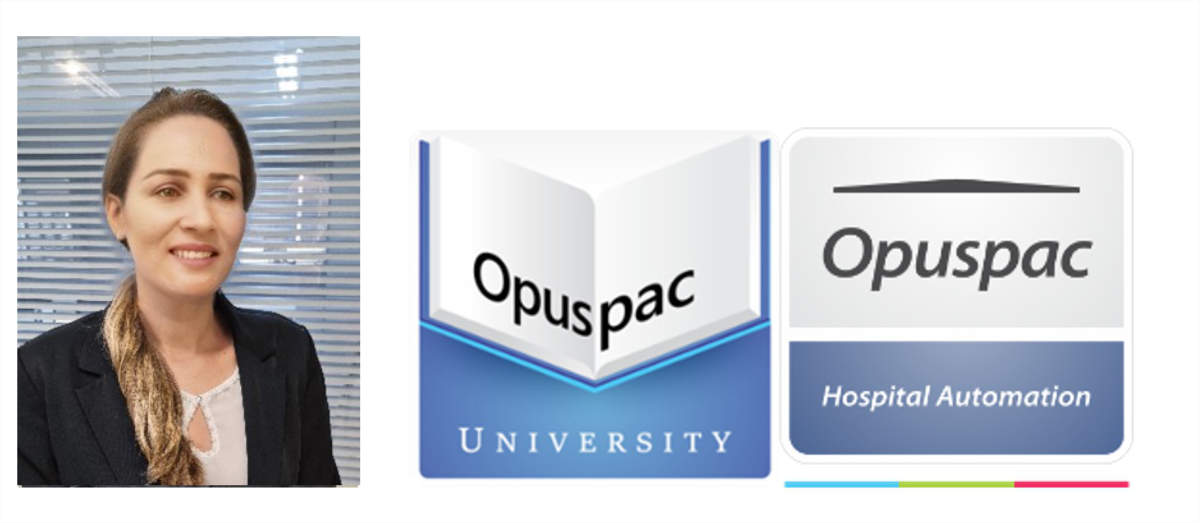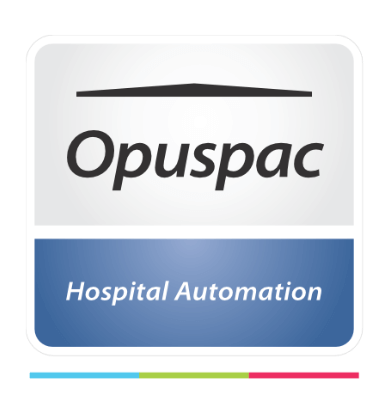First of all, we must present the definition of the word waste.
In the dictionary, the masculine noun waste means “exaggerated expenditure; squandering” and “use without profit; loss”.
These meanings can already dimension how waste is harmful in any occasion.
In healthcare, LEAN methodology seeks to reduce variation and improve processes, which reduces waste. It promotes understanding of hospital routines, in addition to demanding actions that add value and satisfaction to patients.
This term of adding value to patients has a lot of attention today, due to the importance of patient-centered improvements.
The objective of LEAN in healthcare is to facilitate, improve, accelerate and reduce the cost of processes.
For this, it is very important to identify and analyze what activities are performed in hospitals:
- Add value (e.g., checklist before surgeries);
- Do not add value, but are necessary (e.g., filling out various forms to receive reimbursement for medical consultations);
- Do not add value (e.g., delays in patient examinations).
To identify these activities, the front-line support staff are the most qualified to do so, because they know where the day-to-day mistakes and successes are. After all, they are the ones who carry out the processes and can feel the results.
After this classification, it will be possible to define which activities consume a lot or little energy from the processes and which of them bring a lot, little or no value to the patients.
And that is the key to guiding waste.
In industry, it was the Toyota engineer, Taiichi Ohno, who identified the 7 main wastes in the sector and from them it was also possible to determine the 7 main wastes in healthcare.
They are:
- OVERPRODUCTION (Ex: the repetition and performance of unnecessary tests);
- WAITING (e.g.: waiting for consultations, surgeries and materials);
- TRANSPORT (e.g., materials, equipment and patients);
- CIRCULATION (e.g., of personnel, materials, equipment);
- INVENTORY – STORAGE (e.g.: materials and medicines more than necessary);
- ERRORS AND FAILURES (Ex: errors with medication, errors in surgeries, stopped machines, reprocessing, failures);
- OVERPROCESSING (e.g., repetition of activities, asking the same question several times).
Another waste that has not been mentioned above, but which is also very important, is the waste of human talent.
It is necessary to listen and pay attention to employees, because they are great barriers to avoid failures.
Several employees identify poorly designed processes related to healthcare. And thanks to their experiences they will be able to prevent mistakes from happening again or not happening at all.
So, it is also a waste not to value employees.
CONCLUSION
In healthcare costs are getting higher and higher, there are new technologies, new problems, new investments. It is necessary to develop strategies to eliminate waste.
According to the National Health Council of the Brazilian Federal Government, in 2019 health left an investment of 20 billion Reais.
This statistic shows that were invested in Brazilian health in 2019, less than 15% of the resource of the Union’s revenue.
The IBGE presented in 2019 that in 2034 the percentage of the population over 65 will reach 15% of the entire Brazilian population, and in 2060 it will reach 25.5%.
This means that this aging of the population will require an investment of 50.7 billion reais in health between 2020 and 2027.
But, according to Agência Brasil, 30% of private healthcare spending in Brazil is wasted.
That’s a lot of money consumed to cover errors, most of which are avoidable.
This has to stop.
It is essential to measure, analyze, improve and monitor results, to develop improvements in a structured way.
To do this, the modifications have to be effective and add value.
All professionals, managers, patients, financiers and purchasers must be united around a common goal: changes that provide for cost reduction without reducing quality and safety.

Pharmacist Daniela Faria













